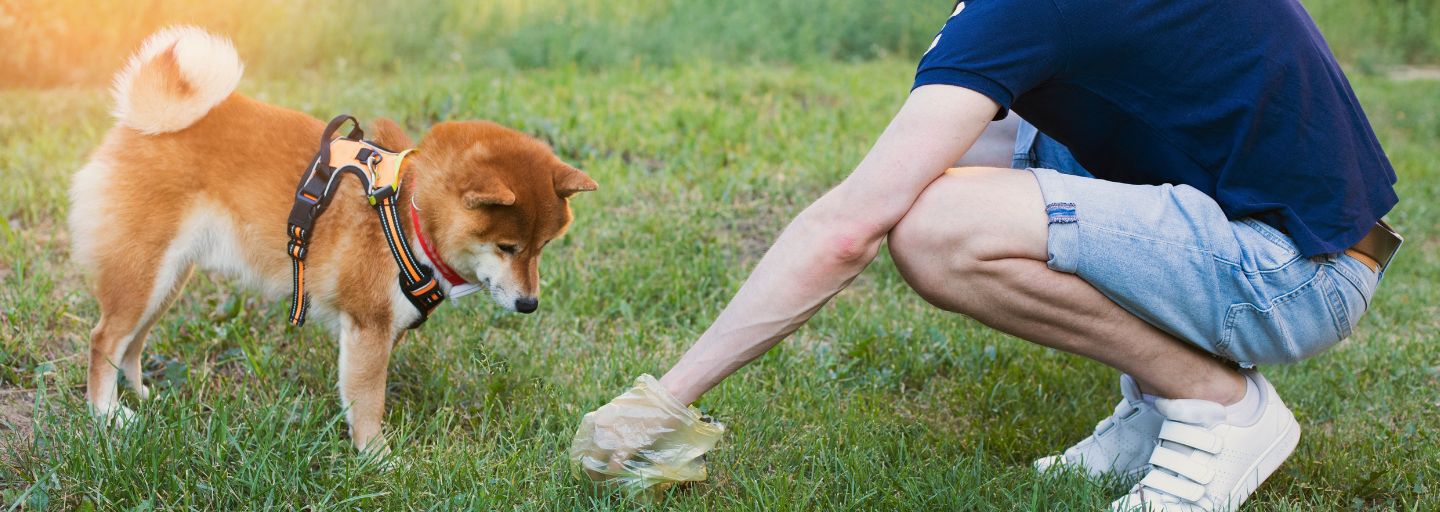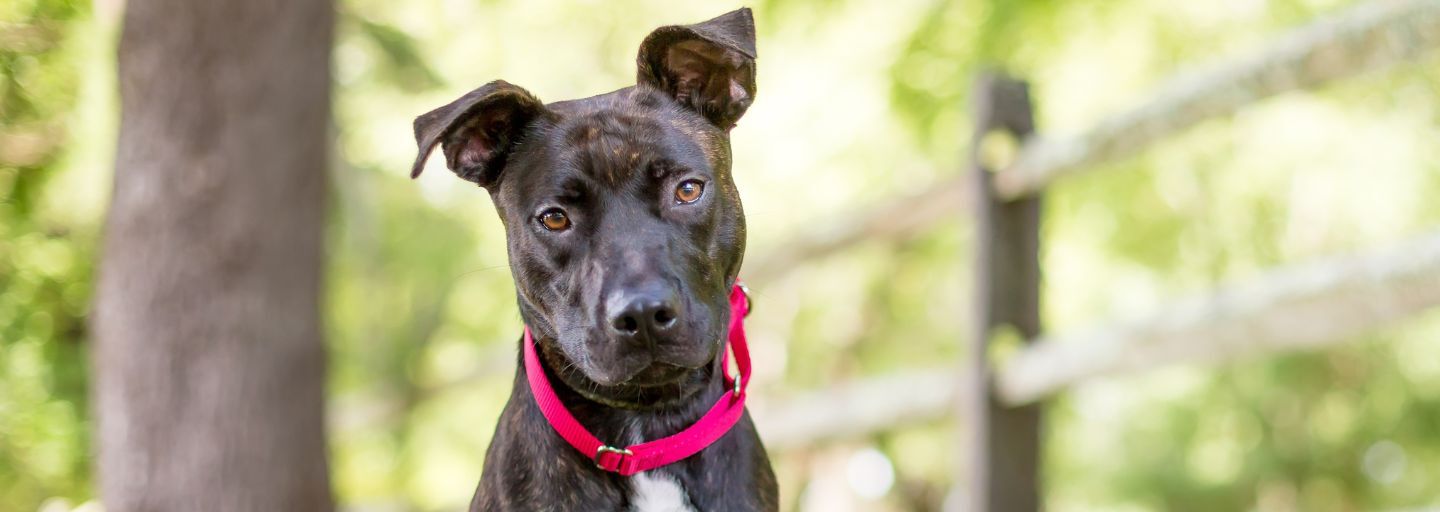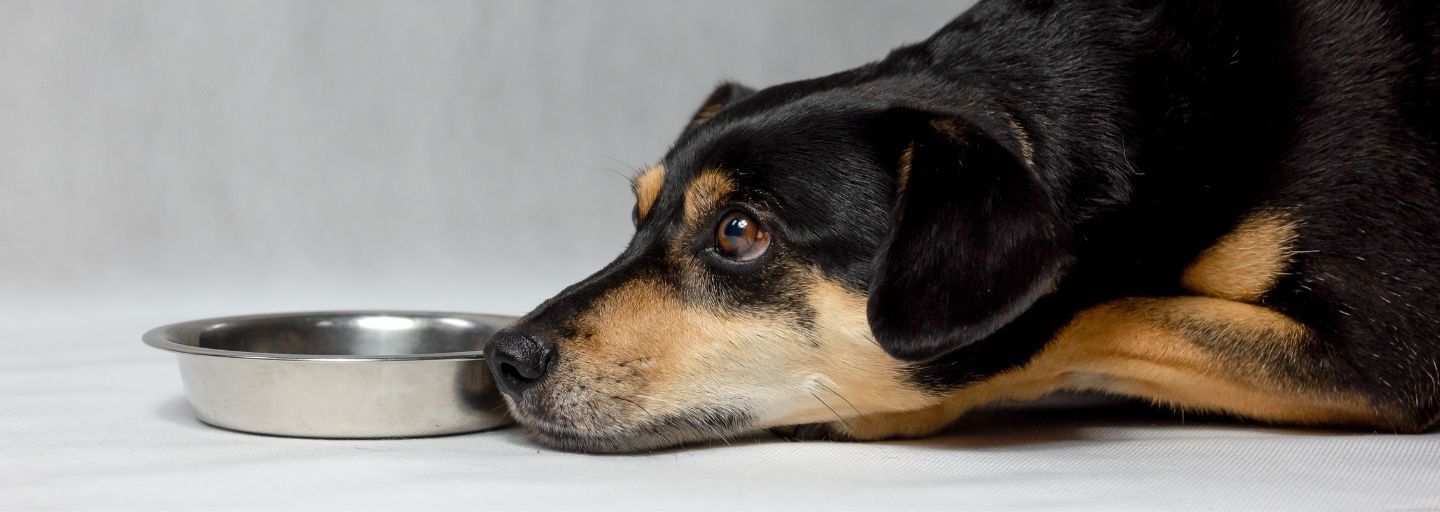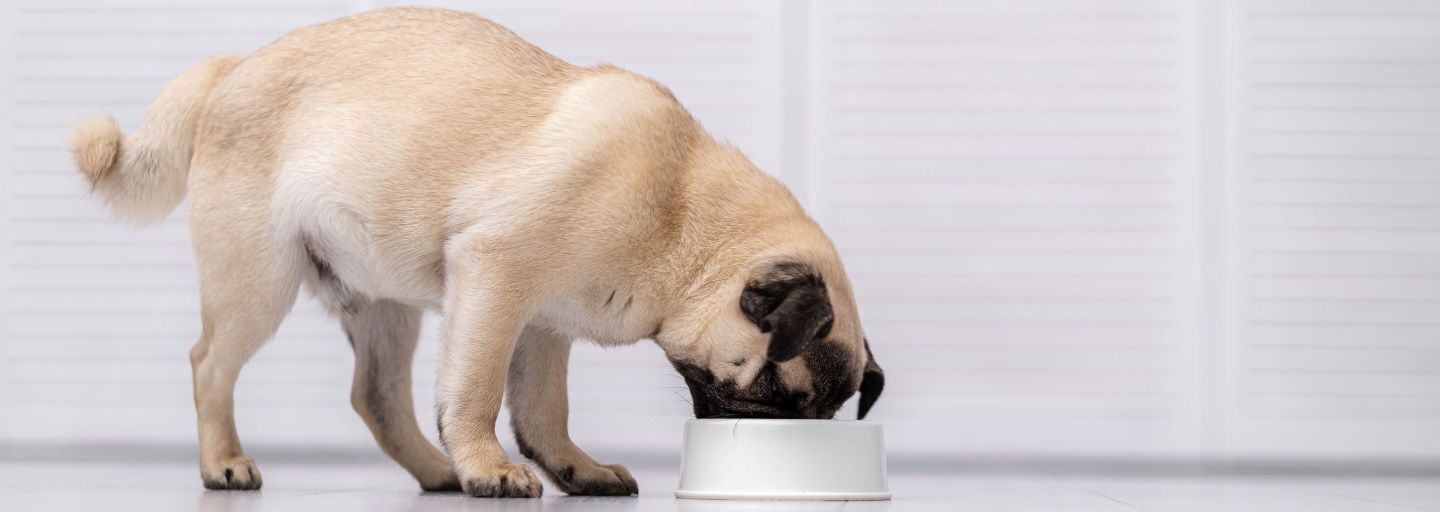As pet owners, we are responsible for the health and well-being of our furry companions. While regular veterinary check-ups are essential, monitoring your dog's poop can also provide valuable insights into their overall health. Yes, you read that right! The appearance, colour, and consistency of your dog's faeces can indicate potential health conditions. In this article, we will explore some common health conditions that you can spot in dog poo, helping you stay proactive in ensuring your dog's well-being.
- Diarrhea: Diarrhea is a common condition characterized by loose, watery stools. It can be caused by various factors, including dietary changes, food allergies, infections, parasites, or underlying health issues. If you notice your dog's poop is consistently loose or watery, it may indicate an issue that requires attention. Additionally, if you observe blood or mucus in the stool, it is crucial to consult your veterinarian promptly.
- Constipation: On the other end of the spectrum, constipation refers to difficulty or infrequency in passing stools. If your dog's poop is dry, hard, and difficult to eliminate, it may indicate constipation. Dehydration, dietary issues, lack of exercise, or underlying health conditions can contribute to constipation. Encouraging hydration, providing a balanced diet, and ensuring regular exercise can help prevent constipation. However, if the problem persists, consulting your veterinarian is recommended.
- Worm Infestation: Worms are a common health issue in dogs, and their presence can often be detected in their faeces. If you notice small, rice-like segments or long, spaghetti-like worms in your dog's poop, it may indicate a worm infestation. Common types of worms in dogs include roundworms, tapeworms, hookworms, and whipworms. Prompt treatment and regular deworming, as recommended by your veterinarian, are essential to prevent complications and protect your dog's health.
- Blood in Stool: The presence of blood in your dog's stool, known as hematochezia, should never be ignored. It can be a sign of various health conditions, including gastrointestinal bleeding, infections, parasites, or inflammatory bowel disease. Fresh, red blood or dark, tarry stools can both indicate bleeding. If you observe blood in your dog's poop, it is crucial to seek veterinary attention immediately for proper diagnosis and treatment.
- Changes in Colour: Monitoring the colour of your dog's poop can also provide valuable insights into their health. While variations in colour can be normal due to diet or temporary factors, persistent changes may indicate underlying issues. For example, black, tarry stools may indicate bleeding in the upper gastrointestinal tract, while yellow or greasy stools can be a sign of malabsorption or pancreatic issues. Greenish poop may suggest a rapid transit time through the digestive system. If you notice consistent abnormal colour changes, consulting your veterinarian is recommended.
- Foreign Objects: Dogs are notorious for their curious nature, and sometimes they may ingest objects that they shouldn't. If you notice non-food items, such as toys, fabric, or plastic, in your dog's poop, it may indicate that they have swallowed something they shouldn't have. Ingested foreign objects can cause blockages or other complications, so it is important to seek veterinary attention if you suspect your dog has ingested something unusual.
- Changes in Consistency: Apart from colour, changes in the consistency of your dog's poop can also be indicative of health issues. For instance, excessively soft or greasy stools may suggest malabsorption or digestive disorders. Conversely, hard, dry stools can be a sign of dehydration or constipation. Monitoring the consistency of your dog's poop can help you identify potential issues and seek appropriate veterinary care if needed.
What 'Should' Dog Poop Look Like?
While variations in dog poop can occur due to diet, hydration, and other factors, there are some general guidelines for what healthy dog poop should look like. Here's what you should ideally see in your dog's poop:
- Colour: Healthy dog poop typically ranges from medium to dark brown. This colour indicates that the digestive system is functioning properly and that the food is being adequately broken down.
- Consistency: The ideal consistency of dog poop is firm but not too hard. It should hold its shape when picked up but still be easy to scoop. This indicates that the digestive system is effectively absorbing nutrients and eliminating waste.
- Shape: Healthy dog poop is usually log-shaped or slightly curved. It should not be too loose or too hard, as extremes in shape can indicate digestive issues.
- Odor: While dog poop is not known for its pleasant smell, healthy poop should not have an overpowering or extremely foul odour. A mild odour is normal, but an unusually strong or offensive smell may indicate digestive problems or dietary issues.
- Absence of Blood or Mucus: Healthy dog poop should not contain visible blood or mucus. The presence of these substances can indicate underlying health conditions and should be evaluated by a veterinarian.
It's important to note that individual dogs may have slight variations in their poop depending on factors such as diet, age, and overall health. However, if you notice consistent deviations from the general guidelines mentioned above, it's advisable to consult your veterinarian for a thorough examination and appropriate guidance.
Remember, monitoring your dog's poop is just one aspect of maintaining their overall health. Regular veterinary check-ups, a balanced diet, proper hydration, and regular exercise are also crucial for their well-being. By being attentive to your dog's poop and overall health, you can ensure they lead a happy and healthy life.







